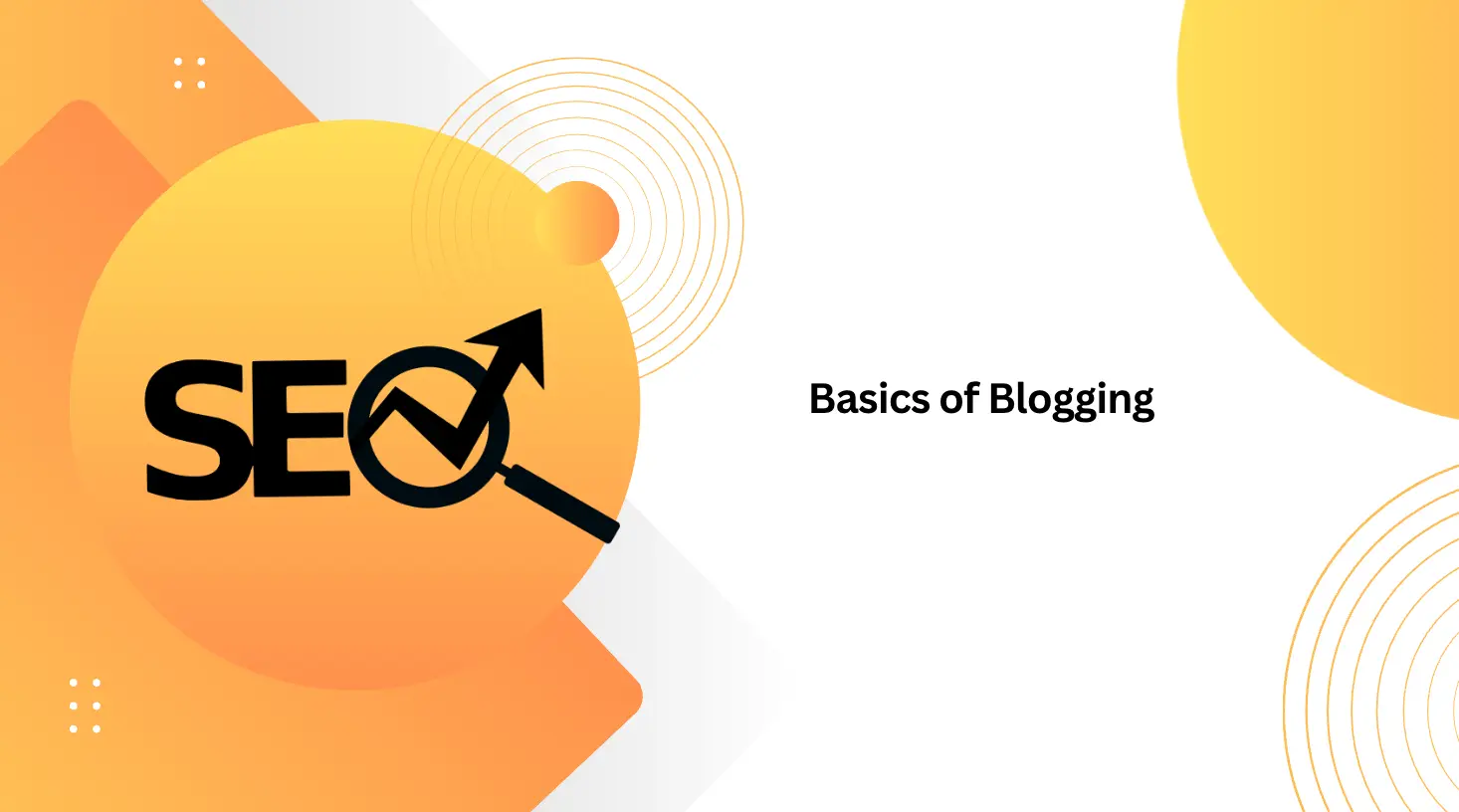Blogging has become one of the most effective ways to attract visitors, build authority, and generate leads online. But writing great content alone isn’t enough—if your blogs aren’t optimized for search engines, chances are they won’t reach the audience you want. This is where blogging search optimization (or blog SEO) comes in.
In this guide, we’ll cover the basics of blog SEO and how you can use it to make your content visible on Google and other search engines.
What Is Blogging Search Optimization?
Blogging search optimization is the process of improving your blog posts so they rank higher in search engine results pages (SERPs). It’s all about making sure your blog content is easy for search engines to understand and useful for readers. When done right, SEO helps your content appear when people search for topics related to your niche.
Why Blog SEO Matters
-
Increases visibility – More people can find your content when it ranks higher.
-
Brings organic traffic – You get visitors without paying for ads.
-
Builds trust and authority – Optimized blogs show you’re an expert in your field.
-
Drives conversions – Readers who land on your blog are more likely to become customers.
Without SEO, even the most valuable blog posts can get lost in the noise of the internet.
Key Elements of Blogging SEO
1. Keyword Research
Every good blog starts with the right keywords. Find out what your audience is searching for using tools like Google Keyword Planner, SEMrush, or Ahrefs. Focus on long-tail keywords (e.g., “how to optimize blog posts for SEO”) because they’re less competitive and more specific.
2. Quality Content
Google rewards content that provides real value. Instead of stuffing keywords, write blogs that solve problems, answer questions, or provide insights. Aim for clarity and depth.
3. On-Page Optimization
Optimize these elements of your blog:
-
Title tags: Include your primary keyword.
-
Headings (H1, H2, H3): Use them logically with keywords.
-
Meta description: Summarize the content in 150–160 characters.
-
URL structure: Keep it short and keyword-focused.
-
Images: Add alt text with descriptive keywords.
4. Internal and External Links
-
Internal links help readers navigate your site and improve crawlability.
-
External links to trusted sources show credibility.
5. User Experience (UX)
A blog should be easy to read, mobile-friendly, and fast-loading. If your site is slow or cluttered, readers leave—and so do your rankings.
6. Regular Updates
Search engines love fresh content. Updating old blogs with new stats, insights, and links can boost their visibility.
Common Blogging SEO Mistakes to Avoid
-
Keyword stuffing – Overusing keywords makes content look spammy.
-
Ignoring meta tags – Skipping meta titles and descriptions hurts click-through rates.
-
Thin content – Short, low-value posts rarely rank well.
-
Not promoting your blogs – Share your content on social media, newsletters, and other platforms.
Final Thoughts
Blogging search optimization isn’t about tricking Google—it’s about creating valuable content that readers want and making it easy for search engines to find. With the right mix of keywords, quality writing, and smart optimization, your blogs can rank higher, attract more readers, and grow your business.
If you’re just starting out, focus on writing for people first and optimizing for search engines second. Over time, you’ll see the results of consistent blog SEO efforts.



Hello there, You have done a great job. I will certainly digg it and
personally recommend to my friends. I’m sure they’ll be benefited from this website.